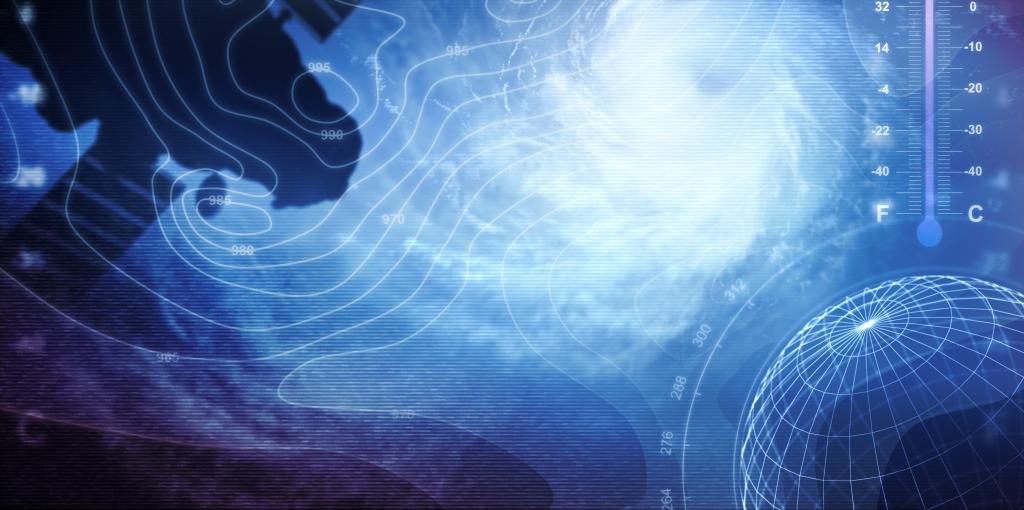Admission CTAs
Smithsonian Gift is Whale of a Relic
An ancient whale fossil has made George Mason University’s Exploratory Hall its new home.
Fans of the Smithsonian Institution National Museum of Natural History will recognize the 13-foot-long Zygorhiza kochii skeleton from the museum’s former “Life in the Ancient Seas” exhibit.
When the Smithsonian began renovations in its dinosaur hall last year, the 36-million-year-old fossil cast was boxed and put on a shelf. In stepped George Mason paleontology professor Mark D. Uhen, who specializes in ancient whale studies and has been a Smithsonian research associate since 1994.
For more than a year, Uhen worked to move the 300-pound skeleton cast, which was neatly contained in three pieces—skull, torso and tail—to Mason’s Fairfax Campus, where it was stored in a classroom until Friday.
“It barely fit through the door,” he said.
It took a little doing Friday evening, plus a 40-foot lift and a crew of five to hang the fossil from steel beams in the atrium that connects Exploratory and Planetary halls.
“It’s been a little bit of a long road,” said Erich Miller, Mason Facilities project manager. “This is an out-of-the-ordinary project.”
Now Mason students can simply look up to see a piece of the fossil record. The closest university to have its own ancient whale fossil is in Ohio, Uhen said.
Zygorhiza is significant because it belongs to the first group of whales that are a close relative to today’s whales, Uhen said. Students and visitors can see the skeleton has hind limbs, but they weren’t used for swimming.
This precursor to modern whales made its home in Mississippi and Alabama during the late Eocene Epoch, dining on fish and squid.
Mason’s newest inhabitant may prompt more students to seek out Mason’s paleontology minor, which also lets students delve into climate change and how today’s extinctions compare to the past.
Mason has the only paleontology minor in the Washington, D.C., region. It’s offered through Mason’s Department of Atmospheric, Oceanic, and Earth Sciences and draws students from art to business.
“Everyone loves fossils, even people who say they don’t like science,” Uhen said.
Write to Michele McDonald at mmcdon15@gmu.edu
This article orginally appeared on Mason News.
